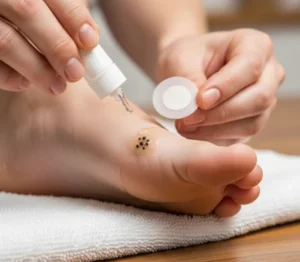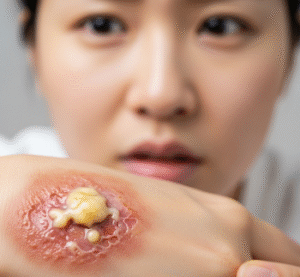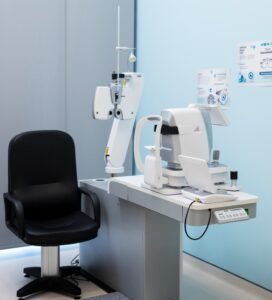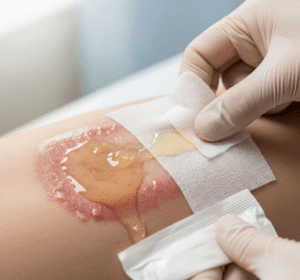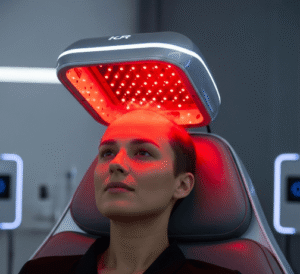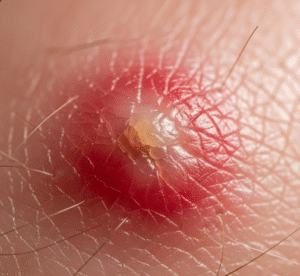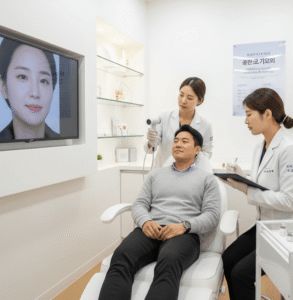Cancer remains one of the leading causes of death in South Korea, but early detection has become a powerful tool in reducing mortality — especially among women. Thanks to national screening programs, improved awareness, and advanced diagnostic technology, survival rates for breast, cervical, and thyroid cancers have improved dramatically. Yet, many women still skip screenings due to lack of time, fear, or misunderstanding about their importance. In 2026 and beyond, health authorities and hospitals across Korea are emphasizing that early cancer screening isn’t just a medical check-up — it’s a life-saving habit.
Cancer Trends Among Korean Women
In Korea, the most common cancers affecting women are breast, thyroid, colorectal, cervical, and ovarian. While medical advances have made treatment outcomes better than ever, the number of new cancer cases continues to rise — mainly due to aging, stress, and lifestyle factors such as diet and physical inactivity.
➡️ Key statistics and observations:
• Thyroid and breast cancers are among the fastest-growing cancers in women.
• Cervical cancer rates have declined due to Pap smears and HPV vaccination programs, but screening participation has plateaued.
• Early detection leads to survival rates exceeding 90% in localized stages.
• Many younger women (in their 20s–40s) delay check-ups because they feel healthy or are unaware of risk factors.
✅ Insight: Regular cancer screening allows doctors to detect abnormal changes at the earliest possible stage — often before symptoms appear — when treatment is most effective and less invasive.
Korea’s National Cancer Screening Program (NCSP)
To encourage prevention, the Korean government runs the National Cancer Screening Program (NCSP), which offers free or subsidized tests for key cancers. This initiative aims to make early detection accessible to all women, regardless of income or region.
➡️ Screening recommendations under NCSP:
• Breast Cancer: Mammography every 2 years for women aged 40 and older.
• Cervical Cancer: Pap smear every 2 years for women aged 20 and older.
• Colorectal Cancer: Annual fecal occult blood test for adults aged 50 and older.
• Stomach and Liver Cancer: Targeted screening for high-risk groups.
• Thyroid Cancer: Optional ultrasound, commonly offered by private hospitals.
💡 Goal: Detect cancers before symptoms develop — saving lives, reducing treatment costs, and improving quality of life.
Why Early Screening Matters
Early cancer screening saves thousands of lives each year in Korea. When cancer is found early, it is usually smaller, less aggressive, and easier to treat with less physical and emotional burden.
➡️ Major benefits of early detection:
• Higher survival rates: Early-stage cancer can often be cured completely.
• Less invasive treatment: Early detection often eliminates the need for extensive surgery or chemotherapy.
• Reduced medical costs: Preventive screenings are far cheaper than late-stage treatments.
• Better quality of life: Early management reduces pain, side effects, and recovery time.
• Peace of mind: Regular check-ups relieve anxiety by confirming health status.
✅ Medical fact: Breast cancers detected early through mammography have a 10-year survival rate of over 90%, compared to less than 40% when discovered in late stages.
Focus on Major Screenings for Women
1. Breast Cancer Screening
Breast cancer is now the most common cancer among Korean women. Regular mammograms can detect tiny tumors that are invisible to the eye or touch.
➡️ Key tips:
• Begin screenings at 40 (earlier for those with family history).
• Perform monthly self-examinations.
• Maintain a healthy lifestyle — diet, exercise, and limited alcohol.
• Don’t skip follow-up imaging if abnormalities are found.
💗 Encouragement: Many Korean hospitals now use AI-assisted mammography, which improves detection accuracy and reduces false results.
2. Cervical Cancer Screening
Cervical cancer develops slowly and is almost entirely preventable through regular screening and HPV vaccination.
➡️ What Korean women should do:
• Start Pap smears at age 20 and repeat every 2 years.
• Consider HPV testing if risk factors are present.
• Get vaccinated against HPV to reduce future risk.
• Don’t delay check-ups, even if you have no symptoms.
🌸 Good news: Widespread screening and vaccination have led to a major decline in cervical cancer deaths among Korean women.
3. Thyroid Cancer Screening
Thyroid cancer is extremely common in Korea, partly due to the country’s focus on early ultrasound detection.
➡️ Screening advice:
• Recommended especially for women aged 30 and older.
• Regular ultrasounds can find small nodules early.
• Most thyroid cancers grow slowly and are curable when detected early.
💡 Note: Over-screening can sometimes lead to unnecessary treatment; consult your doctor about frequency and personal risk.
4. Colorectal and Ovarian Cancer Screening
Although less common in younger women, these cancers pose serious risks as age increases.
➡️ Recommendations:
• Colonoscopy or stool-based testing after age 50 (earlier for those with family history).
• Routine gynecologic exams that include ultrasound and CA-125 tests for ovarian cancer.
• Maintain fiber-rich diets and regular physical activity.
✅ Preventive focus: Regular screening for these cancers not only saves lives but also prevents disease progression through early removal of precancerous growths.
Overcoming Barriers to Screening
Despite available programs, participation rates among Korean women are not as high as expected.
➡️ Common barriers include:
• Fear of discomfort or bad results.
• Lack of awareness of screening intervals.
• Busy work schedules and family responsibilities.
• Misconceptions that “screening is only for older women.”
💬 Solutions being promoted in 2026:
• Extended hospital screening hours and weekend appointments.
• Mobile clinics traveling to workplaces and rural areas.
• Public campaigns emphasizing the message “Check early, live longer.”
• Digital reminders and AI chatbots from hospitals to notify patients when it’s time for their next check-up.
🌿 Empowerment: Education and accessibility are breaking old taboos — encouraging women to prioritize their health without guilt or hesitation.
Technology’s Role in Cancer Screening
Korea’s strong digital healthcare ecosystem is revolutionizing early detection.
➡️ Innovations improving screening accuracy:
• AI image analysis in mammography and ultrasound for precise diagnosis.
• Telemedicine platforms allowing remote consultations and result follow-ups.
• Wearable biosensors that track hormonal or physiological changes.
• Big data analytics to identify population-level cancer risk patterns.
⚙️ Result: Faster, smarter, and more personalized screening experiences, reducing delays in diagnosis and treatment.
Community and Workplace Campaigns
Korean hospitals, corporations, and NGOs are joining hands to make early screening a shared responsibility.
➡️ Examples of initiatives:
• Corporate “Women’s Health Week” events offering on-site exams.
• Educational seminars in schools and community centers.
• Social media campaigns encouraging mothers and daughters to get screened together.
• Subsidized packages at hospitals for complete women’s health check-ups.
❤️ Cultural shift: Screening is now seen not as an obligation, but as an act of self-care and family love.
Final Thoughts
Early cancer screening is one of the most effective ways to save lives — and Korea is setting a global example through its national programs and technological innovation. For women, especially those balancing work, family, and personal health, regular screening is the simplest yet most powerful investment in the future.


